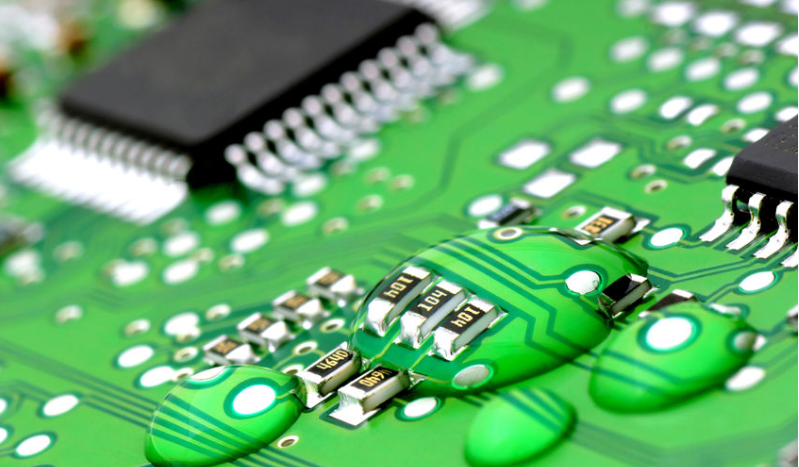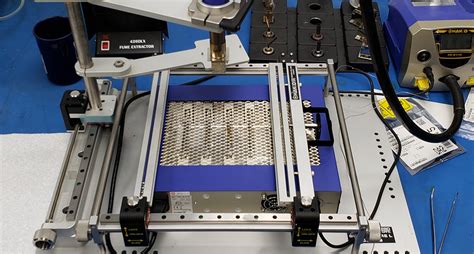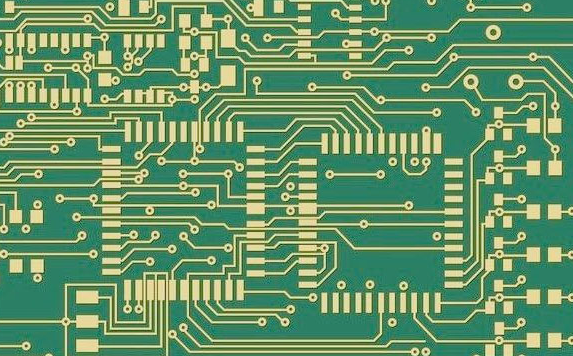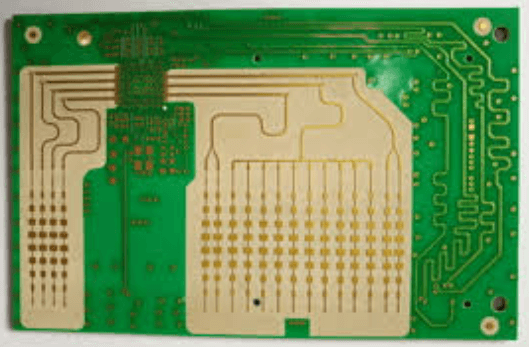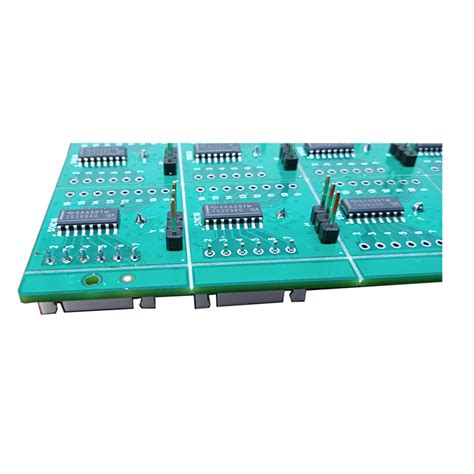PCB Waterproofing Spray: A Comprehensive Guide
Introduction
Printed Circuit Boards (PCBs) are the backbone of modern electronics, found in everything from smartphones to industrial machinery. However, exposure to moisture, dust, chemicals, and extreme environmental conditions can lead to corrosion, short circuits, and eventual failure. To protect PCBs from such hazards, PCB waterproofing spray has become an essential solution.
This article explores the importance of PCB waterproofing, the science behind waterproofing sprays, their benefits, application methods, and key considerations when choosing the right product.
Why Waterproofing PCBs is Essential
1. Protection Against Moisture and Humidity
Moisture is one of the biggest threats to PCBs. High humidity or direct water exposure can cause:
- Corrosion of metal traces and components
- Electrical leakage leading to malfunction
- Short circuits due to conductive water paths
Waterproofing sprays create a hydrophobic barrier, preventing water from reaching sensitive components.
2. Resistance to Dust and Contaminants
Dust, dirt, and chemical contaminants can degrade PCB performance. A waterproofing layer acts as a shield, preventing particle buildup that could cause overheating or signal interference.
3. Enhanced Durability in Harsh Environments
Electronics used in automotive, marine, aerospace, and industrial applications face extreme conditions. Waterproofing sprays improve resistance to:
- Temperature fluctuations
- UV radiation
- Chemical exposure (fuels, solvents, oils)
4. Prevention of Conformal Coating Failures
Traditional conformal coatings (silicone, acrylic, urethane) can crack or delaminate over time. Modern waterproofing sprays offer flexible, long-lasting protection without compromising performance.

How PCB Waterproofing Sprays Work
1. Hydrophobic Nano-Coatings
Many advanced sprays use fluoropolymers or silicone-based compounds that form a microscopically thin, water-repellent layer. These coatings:
- Bond at a molecular level with the PCB surface
- Prevent capillary action (wicking of moisture into small gaps)
- Remain breathable to avoid trapping humidity
2. Dielectric Properties
A good waterproofing spray must be non-conductive to avoid interfering with electrical signals. Most sprays maintain high dielectric strength (>10 kV/mm).
3. Self-Healing and Flexible Films
Some formulations can self-repair minor scratches and remain flexible under thermal expansion, preventing cracks.
Types of PCB Waterproofing Sprays
| Type | Pros | Cons | Best For |
|---|---|---|---|
| Silicone-Based | Flexible, high-temperature resistance | Can attract dust | Automotive, outdoor electronics |
| Acrylic-Based | Easy to apply and remove | Less chemical resistance | Consumer electronics |
| Urethane-Based | Excellent abrasion resistance | Difficult to rework | Industrial equipment |
| Fluoropolymer (Nano-Coating) | Ultra-thin, hydrophobic | Higher cost | High-frequency circuits, marine applications |
How to Apply PCB Waterproofing Spray
Step 1: PCB Preparation
- Clean the PCB with isopropyl alcohol to remove oils and residues.
- Dry thoroughly to prevent trapped moisture.
Step 2: Masking Critical Areas
- Cover connectors, sensors, and heat sinks with tape or liquid mask.
Step 3: Spray Application
- Hold the can 15-30 cm away from the PCB.
- Apply thin, even coats (2-3 layers recommended).
- Allow drying time (typically 10-30 minutes between coats).
Step 4: Curing
- Some sprays require heat curing (check manufacturer instructions).
Step 5: Testing
- Perform electrical tests to ensure no interference.
- Check for water resistance (e.g., water droplet test).

Top PCB Waterproofing Sprays in the Market
- MG Chemicals 422B Silicone Conformal Coating
- Excellent moisture resistance
- Flexible and durable
- Techspray G3 Waterproofing Spray
- Nano-coating technology
- Ideal for high-frequency circuits
- 3M Novec Electronic Coating
- Ultra-thin, chemical-resistant
- Self-healing properties
- CRC Corrosion Inhibitor Spray
- Affordable and widely available
- Good for automotive applications
Common Mistakes to Avoid
❌ Applying Too Thick of a Coating → Can cause overheating.
❌ Skipping Cleaning → Poor adhesion leads to peeling.
❌ Ignoring Re-application Needs → Coatings degrade over time.
❌ Using Non-Dielectric Sprays → Risk of short circuits.
Conclusion
PCB waterproofing spray is a cost-effective and efficient way to enhance the longevity and reliability of electronic devices. Whether for consumer gadgets, automotive systems, or industrial machinery, selecting the right spray and applying it correctly can prevent costly failures.
By understanding the different types of sprays, their application methods, and best practices, engineers and hobbyists can ensure their PCBs remain protected in even the harshest environments.

